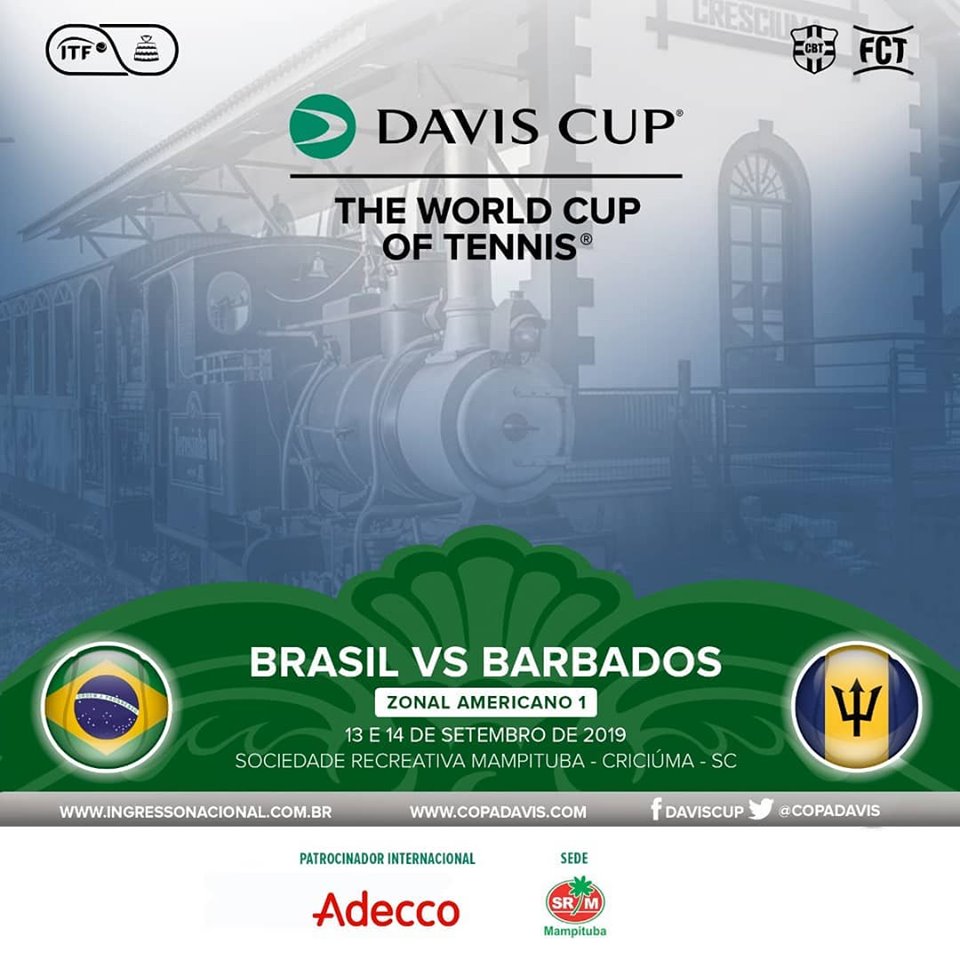Fortune telling
Fortune telling, also known as divination, is a practice that seeks to gain insight or predictions about the future or uncover hidden truths through various methods. Throughout history, people from different cultures and belief systems have turned to fortune telling as a means of seeking guidance, understanding, and foresight. While it’s important to note that fortune telling is often considered a form of entertainment and personal reflection rather than a precise science, its diverse methods have fascinated individuals for centuries.
1. Astrology:
- Method: Astrology is based on the belief that celestial bodies’ positions at the time of a person’s birth influence their personality, behavior, and destiny. Astrologers analyze birth charts to provide insights into different aspects of life.
- Tools: Natal charts, horoscopes, and planetary positions.
2. Tarot Card Reading:
- Method: Tarot cards, a deck of 78 cards divided into Major and Minor Arcana, are shuffled and drawn in a spread. The reader interprets the cards’ symbolism to offer insights into the past, present, and future.
- Tools: Tarot decks, spreads (e.g., Celtic Cross).
3. Palmistry:
- Method: Palmistry, also known as chiromancy, involves analyzing the lines, shapes, and mounts on a person’s hands to reveal insights about their character, relationships, and potential future events.
- Tools: Hands, palmistry charts.
4. Numerology:
- Method: Numerology is based on the idea that numbers hold significance and influence events in our lives. Practitioners use calculations involving birth dates, names, and other numbers to gain insights into a person’s life path, personality, and compatibility.
- Tools: Numerology charts, calculations.
5. Runes:
- Method: Runes are ancient alphabetic symbols often carved into stones or wooden pieces. Practitioners draw runes and interpret their meanings to provide guidance and insights into various aspects of life.
- Tools: Rune stones.
6. Crystal Ball Gazing (Scrying):
- Method: Scrying involves gazing into a crystal ball, mirror, or other reflective surfaces to perceive visions or symbols. Practitioners interpret these visions as glimpses into the past, present, or future.
- Tools: Crystal balls, mirrors, reflective surfaces.
7. I Ching:
- Method: The I Ching, or Book of Changes, is an ancient Chinese divination text. It involves casting coins or yarrow sticks to generate hexagrams, which are then interpreted to provide guidance on various life situations.
- Tools: Coins, yarrow sticks, I Ching hexagrams.
Ethical Considerations:
While fortune-telling can be an intriguing and entertaining practice, it’s crucial to approach it with an open mind and a healthy dose of skepticism. Ethical practitioners emphasize the importance of empowering individuals rather than fostering dependency on predictions. As you navigate the world of divination, consider exploring reputable resources like https://www.myangelnumbers.net to gain a deeper understanding of the spiritual dimensions intertwined with practices such as Tarot. These platforms can provide valuable insights, fostering a balanced and informed approach to the mystical arts while encouraging personal growth and self-discovery.
In conclusion, fortune telling represents a diverse range of practices that have persisted across cultures and centuries. Whether sought for entertainment, self-reflection, or spiritual guidance, individuals engage in these methods as a way to explore the mysteries of life and the potential paths that lie ahead.


